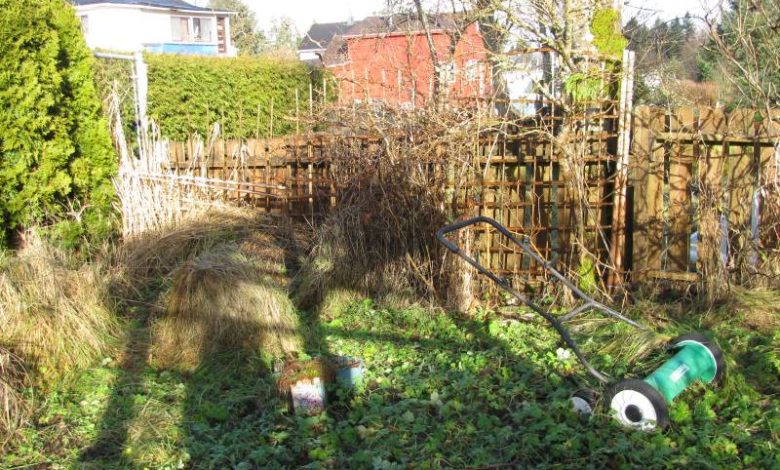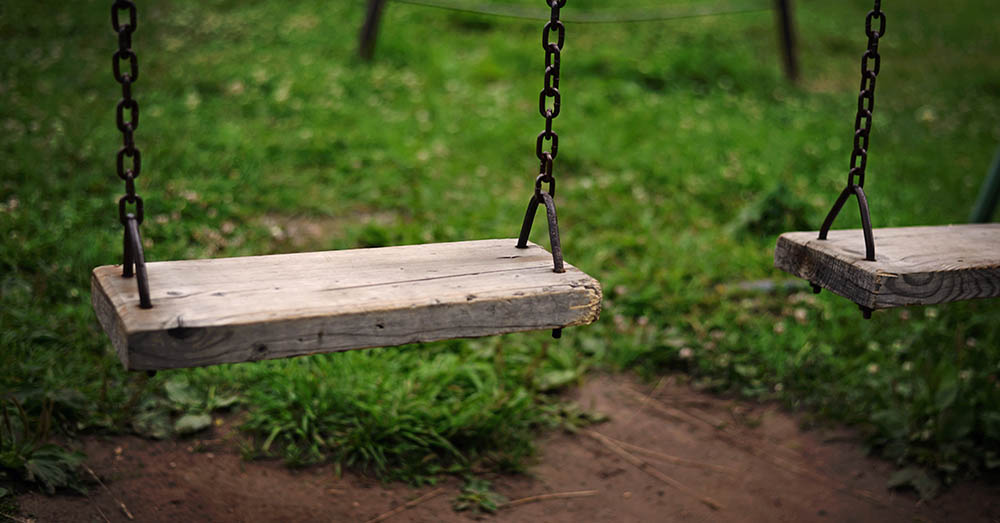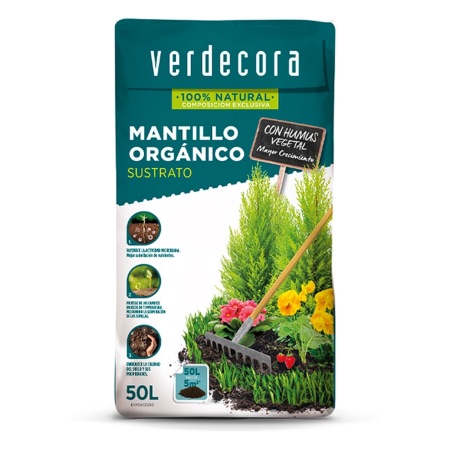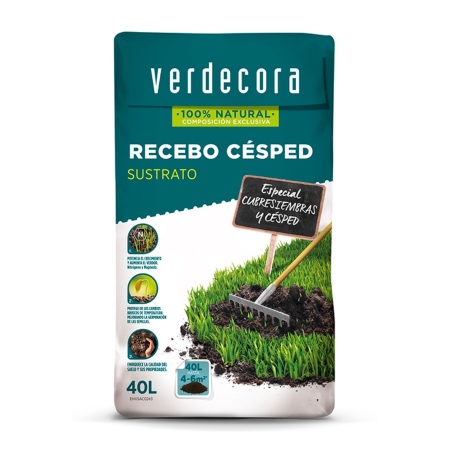How to recover an abandoned garden


As impossible a mission as it may seem to us, recovering an abandoned garden is not that complicated. We would be lying if we said that it does not involve work or dedication of time because they are precisely the two essential ingredients for it to return to normal. But, once the goal of fully enjoying it has been achieved, there will be no doubt: so much effort will have been worth it, and a lot! the sorrow. What’s more: there is another way to look at this apparently titanic work. And it is that recovering an abandoned garden is a great opportunity to change it completely. A way to renew it and even adapt it to a different stage of your own life.
When we think of recovering an abandoned garden, that image from the movies of a decrepit house and a garden transformed into a pseudo jungle comes to mind. But it is not necessary to go so far to consider that an unattended outdoor space needs a strong hand. And it is no longer just a matter of aesthetics or personal enjoyment. We must not lose sight of the fact that one of the most powerful reasons for recovering an abandoned garden is our own safety. Because the easiest thing is that, if we have left that space in the hands of the course of time, some aspects can be dangerous.
But let no one be alarmed! Because there is nothing like knowing where to start in order to recover an abandoned garden. Because only step by step will we get it to return to being that habitable and friendly space that gives us so much joy.
STEPS TO RECOVER AN ABANDONED GARDEN
Recovering an abandoned garden is a real long-distance race. On many occasions, the magnitude of the tasks we have to face is such that we are not very sure where to start. It is the logical and typical feeling. No stress because, really, the only thing we need is a plan. Or, better said, be clear about the steps we must follow to recover an abandoned garden.
And, although each garden has its own peculiarities, it is clear that the list of tasks is always the same. One that, simply, we will have to adapt to the characteristics of our garden.
Let us begin!
1. Thoroughly clean the land, the starting point to recover an abandoned garden
The passage of time and the lack of care are a visible fact in our garden. It is not just a matter of aesthetics. Both things translate into a proliferation of weeds and impoverishment of the land. And it is that the soil, in addition to being compacted, tends to be impoverished as a result of weather conditions added to the lack of attention.
To start recovering an abandoned garden we will have to focus on cleaning up the land. We are not just talking about knowing how to eradicate weeds conveniently, to prevent them from reappearing. We also refer to thoroughly clearing and removing leaves or other elements that may hinder.

Lastly and importantly: thoroughly rake the soil. In this way we will be able to loosen the soil but also oxygenate it to house the new life that we decide to plant. In addition, it is important that we consider nourishing the soil with an organic amendment that enriches the soil, such as mulch. Mixing it with the land that we already have, we will be able to improve its qualities to be able to plant again. Because there is nothing like filling what was previously abandoned with outdoor plants to see the real change that a space can undergo.
2. Clean up and prune trees or bushes
In addition to the soil, the state of trees and shrubs will be the most striking in a neglected green space. As a result of time, they will have grown in a disorderly way and will even have invaded spaces that do not belong to them. And not only that: trimming bushes and trees is a fundamental task for your health. Only thanks to these cuts can they grow in the shape they need or even grow properly. Because, if we do not remove the branches in poor condition, they may be stealing energy from the plant.
For this reason, the second step in our work to recover an abandoned garden should be to conveniently prune trees and shrubs. And we are talking about a proper cleaning pruning. Not only will we eliminate all the branches in poor condition, but we will also have to try to give them shape. As important as doing it well is carrying it out knowing what pruning tools to use for each task. We cannot lose sight of the fact that pruning is inflicting a wound on our plants and that this wound can be an opportunity for fungi to feed on it. That is why it is worth making the cuts with caution, always trying to damage the branches as little as possible and using a sealing paste to avoid possible pests.

With our trees and bushes clean, it’s time to give them a thorough review. Because, beyond cleaning, it is important to know your state of health. If we detect fungi or any other type of pest, we will have to take action on the matter without letting more time pass. And it is that eliminating pests from the garden in time is key for our nature to re-emerge with health.
3. Take stock of the state of the lawn
The lawn is probably one of the spaces that most denote abandonment. Beyond its bad appearance, it is common for us to find two problems. On the one hand, the proliferation of weeds that have even been able to kill the grass seeds. On the other hand, the presence of fungi in certain areas of the garden, which will appear. Added to this couple of aspects, a lawn without care will always present soil compaction and lack of nutrients.

Before more, we will have to mow first and then scarify the ground thoroughly. A task that is usually part of lawn care in February and October, and which is key to recovering the soil. Thanks to scarification, we will be able to loosen the soil and oxygenate it. After these tasks, nothing like using a dressing before re-seeding the lawn, choosing the right seeds for our type of garden. And, without a doubt, use a lawn fertilizer. Our soil will need nutrients to be the ideal cradle for our new grass.
4. Check irrigation systems
Irrigation is another of the great victims of the passage of time. The rubbers of the different types of garden hoses or irrigation systems harden and even crack as a result of inactivity and frost. For this reason and to ensure that our efforts to recover an abandoned garden come to fruition, we cannot neglect this aspect. Most likely we will have to renew hoses and probably consider installing some type of irrigation system. But, at this point, it will be a lesser evil!
5. Renew closures and furniture
The last important aspect that we tend to forget when it comes to recovering an abandoned garden. We focus on the plants and the lawn, without falling into the fact that the rest of the architecture of the garden is just as important. And it is for a very basic issue: our own safety.
Beyond reviewing anchors and fences to repair whatever is needed, we will have to take a deep look at our furniture. Logically, carelessness goes hand in hand with abandonment when it comes to caring for garden furniture according to its material. For this reason, nothing like making them a set-up to see if it is possible to extend their life or, directly, take them to a clean point.
Have you ever faced the task of recovering an abandoned garden? have you followed these same steps? Tell us!


![Photo of Carnation Cuttings: [Concept, Period, Rooting and Planting]](https://www.complete-gardening.com/wp-content/uploads/2022/08/carnation-cuttings-concept-period-rooting-and-planting-390x220.jpg)

![Photo of Dahlias: [Cultivation, Irrigation, Care, Pests and Diseases]](https://www.complete-gardening.com/wp-content/uploads/2022/08/dahlias-cultivation-irrigation-care-pests-and-diseases-390x220.jpg)